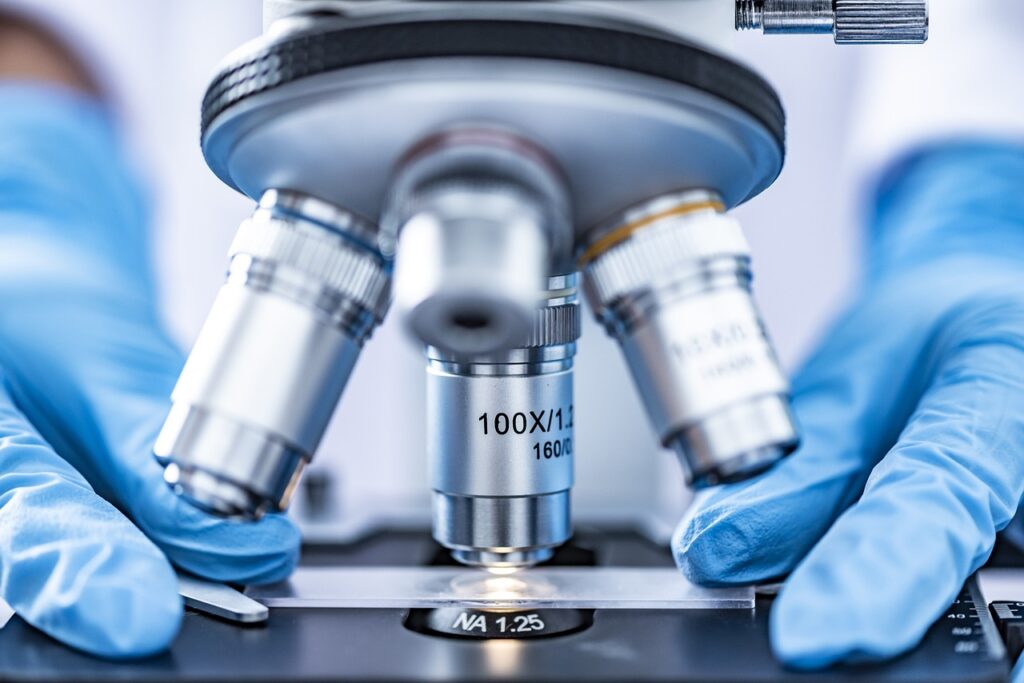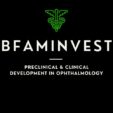Preclinical Development
Explore our tailored preclinical development ophthalmology models to help your early stage candidates move towards Clinical.

Our preclinical development areas
Dry eye:
Wet AMD:
Dry AMD:
Our tailored preclinical development ophthalmology models
Mouse model of dry eye by scopolamine and desiccating condition
In this experimental model, the onset of dry eye disease is initiated through the repetitive administration of scopolamine injections. Furthermore, the exacerbation of dry eye stress is achieved by subjecting the mice to continuous airflow within an environment characterized by low humidity levels
Rat model of Dry eye disease by surgical excision of ELG
In the rat model used to simulate dry eye disease, the condition is induced by surgically excising the extraorbital lacrimal gland (ELG). This procedure significantly diminishes tear secretion and precipitates the manifestation of dry eye disease symptoms. Specifically, the removal of the lacrimal gland severely restricts the eye’s ability to produce tears, leading to the development of characteristic dry eye symptoms.
Laser-induced CNV model of wet AMD
Dry AMD may advance to wet AMD as abnormal blood vessels emerge beneath the retina. The transition to wet AMD can be instigated by applying 532 nm laser photocoagulation to the retina. The resulting choroidal neovascularization (CNV) induced by the laser can be quantified in vivo through optical coherence tomography and fluorescein angiography. Additionally, we provide immunohistochemical analyses on flatmounts utilizing markers for CNV and subretinal fibrosis, a common occurrence alongside wet AMD.
Two-stage laser-induced Model of Subretinal Fibrosis
In this model, the 532 nm laser is utilized in a dual-stage approach within the same lesion to elicit a heightened phenotype of AMD and trigger the development of subretinal fibrosis. The extent of fibrosis is assessed through immunohistochemical staining following flatmounting procedures. Notably, in this model, the fibrotic area demonstrates a notable increase 30 days subsequent to the second laser treatment, presenting an opportunity to evaluate the therapeutic effectiveness of various compounds.
NaIO3-induced dry AMD
We provide a mouse model specifically designed to mimic dry AMD, achieved through the injection of NaIO3. This model offers the advantage of eliciting swift phenotypic alterations, including the impairment of tight junction integrity and the thinning of retinal layers. These pronounced changes can be thoroughly evaluated through comprehensive immunohistochemical analyses, allowing for a detailed understanding of the pathological progression characteristic of dry AMD.
Stay Connected with Us
Let’s Create Together
Connect with us to explore how we can make your vision a reality.
Join us in shaping the future of Product Development in Ophthalmology.
